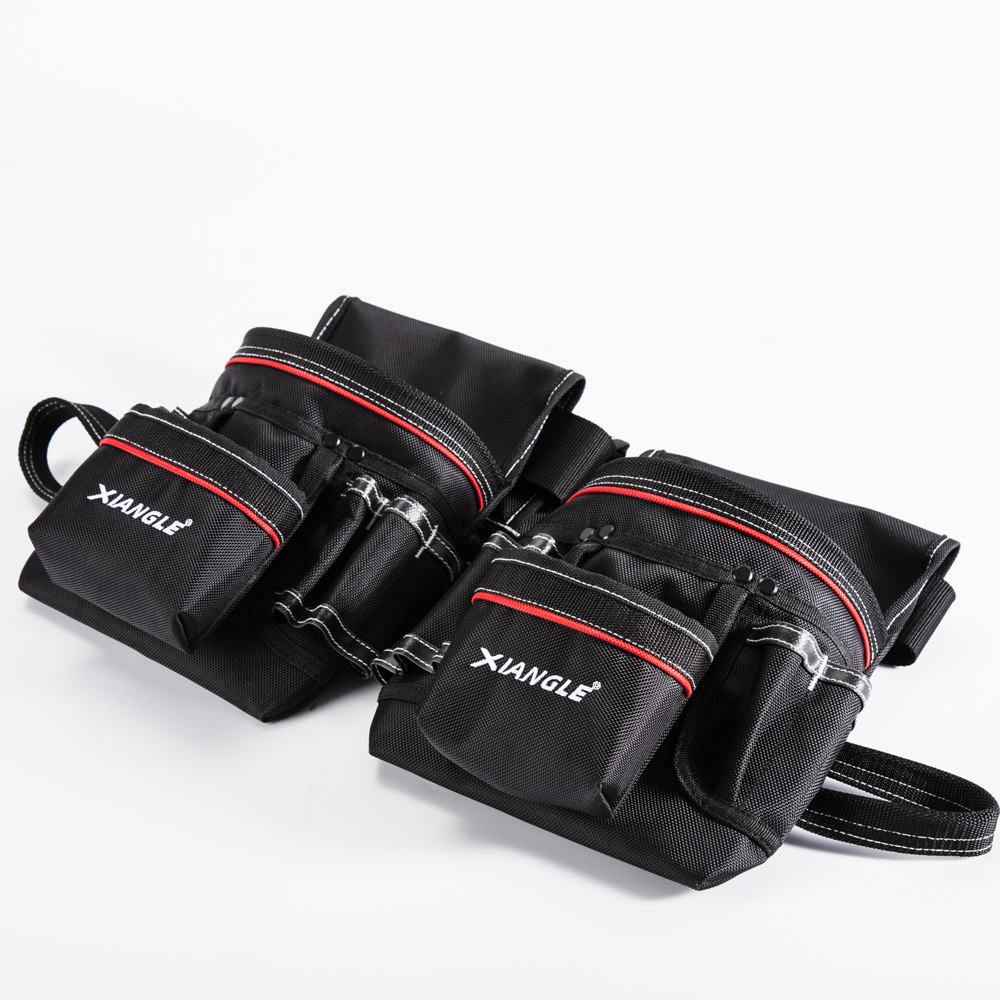In 2006, the industry report released by the China Forestry Industry Association’s Floor Professional Committee highlighted the steady rise in China's wood flooring production, reaching a total output of 329.98 million square meters. Laminate flooring continued to lead the market with an impressive production of 20 million square meters. Solid wood flooring accounted for 44.498 million square meters, while engineered wood flooring produced 60 million square meters. Bamboo flooring contributed 25 million square meters.
In 2007, the association reported an overall increase in wood flooring production to 361 million square meters, marking a 9.4% growth from the previous year. Laminate flooring maintained its dominance with 22 million square meters, reflecting a 10% increase. However, solid wood flooring experienced a slight decline due to limited raw material availability, dropping to 44 million square meters, a 2% decrease. Solid wood composite flooring saw significant growth, reaching 75 million square meters, with a robust 25% increase. Bamboo flooring production dropped sharply to 20 million square meters, down 20%, and other flooring types produced only 2 million square meters.
In 2008, the National Forest Products Industry Association reported a total sales volume of 344 million square meters, a 4.8% decline compared to the previous year. Laminate flooring accounted for 198 million square meters, down 10% year-on-year. Solid wood flooring sales stood at 40 million square meters, a 4.5% drop. Solid wood composite flooring increased slightly to 78 million square meters, growing by 4%. Bamboo flooring production was 24 million square meters, showing a 20% improvement, while other floor types sold 1.8 million square meters, down 10%.
In 2009, the Flooring Professional Committee reported a total sales volume of 364 million square meters, representing a 5.9% increase from 2008. Laminate flooring reached 21 million square meters, growing by 7.1%. Solid wood flooring remained steady at 42 million square meters, while solid wood composite flooring rose to 83 million square meters, increasing by 6.4%. Bamboo flooring production climbed to 25 million square meters, a 4.2% increase. Other flooring types saw a 22.2% growth, reaching 2.2 million square meters.
In 2010, the China Forestry Industry Association reported a total sales volume of 399 million square meters, a 9.6% increase from the previous year. Laminate flooring surged to 238 million square meters, up 12.3%. Solid wood flooring reached 43 million square meters, growing by 2.4%. Solid wood composite flooring rose to 89 million square meters, increasing by 7.2%. Bamboo flooring output was 25.3 million square meters, up 1.2%. Other flooring types jumped to 3.2 million square meters, a 45% increase. These figures underscore the strong performance of laminate and solid wood flooring as key products in China’s wood flooring sector.
In 2011, the China National Forest Products Industry Association did not provide comprehensive data, but estimates suggest that China’s total floor production and sales were around 397 million square meters, a 0.6% decrease from 2010. Laminate flooring production fell slightly to 235 million square meters, down 1.2%. Solid wood composite flooring grew to 90.7 million square meters, increasing by 1.9%. Solid wood and bamboo flooring outputs remained consistent with 2010 levels, with solid wood flooring at 42.6 million square meters and bamboo flooring at 25.1 million square meters. Other flooring types reached approximately 3.23 million square meters.
Tool belt is a piece of equipment used to hold and organize tools for easy access during work. Tool belts are commonly used by construction workers, carpenters, electricians, and other tradespeople who need quick access to their tools while working.
A typical tool belt consists of a belt made of leather or nylon with pockets or pouches attached to it. The pockets or pouches are designed to hold different types of tools, such as hammers, screwdrivers, pliers, and measuring tapes.
There are different types of tool belts available, including leather tool belts, nylon tool belts, and electrician tool belts. Some tool belts also have suspenders or shoulder straps to help distribute the weight of the tools more evenly and reduce strain on the back.
When choosing a tool belt, it is important to consider the type of work you will be doing and the types of tools you will need to carry. You should also consider the size and fit of the tool belt to ensure it is comfortable and does not interfere with your movements while working.

Tool Belts,Electrician Tool Pouch,Tool Pouch,Small Tool Bag
ZHANGJIAGANG CITY XIANGLE TOOL CO., LTD. , https://www.xiangletoolbag.com